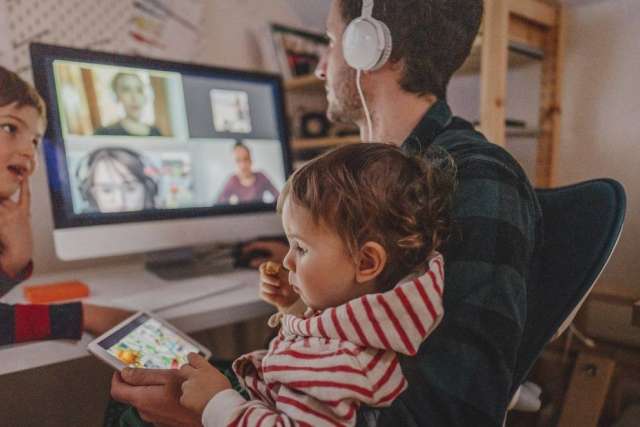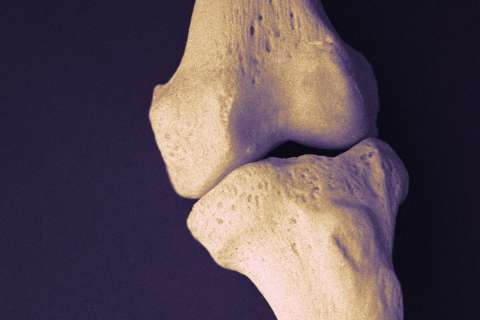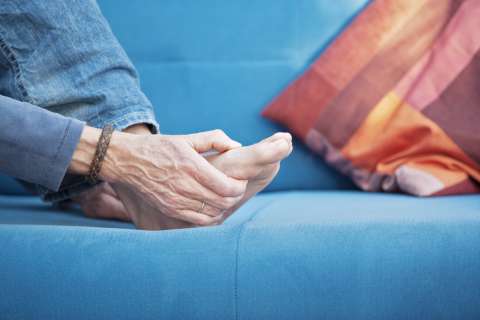Dear Doctor: Our family -- ages 66, 59, 27 and 22 -- lives in one household. We’ve been working from home and keeping socially distant since the start of the pandemic. Now the younger members wish to resume outside employment. How do we safely manage their return to work?
Dear Reader: The challenge in multi-generational households like yours is keeping the older members safe. The answer lies in the basic precautions we’ve learned to take during this pandemic, along with an added layer of vigilance and awareness. We may sound like a broken record by now, but that means wear a mask, maintain distance from people outside of your household and be consistent about washing your hands. We tell our patients to assume that each time they leave their homes, they will encounter someone infected with the coronavirus, and to behave accordingly. Considering the spiking infections across the nation at this time, that’s not an exaggeration.
When it comes to the younger people spending time outside the family bubble, you’re talking about an increased level of risk. Any risks they take outside of the home, they bring home with them. While in the workplace, they need to wear a good mask at all times, and continue social distancing as much as possible. The fabric of a mask not only limits the distance someone’s breath will travel, it also provides a physical barrier that can protect the wearer as well. That’s important because we now know that some transmission of the coronavirus is airborne. We also know that some individuals can be infected with the virus but have either no symptoms or symptoms that are quite mild. They’re lucky enough not to feel sick, but, unfortunately, they are still able to pass the virus along to other people, who may become quite ill.
Physical distancing remains important. Studies have made a connection between viral load, which is the concentration of virus someone is exposed to, and the severity of subsequent infection. The further away you stand from someone, the less their exhaled breath can reach you. When combined with a mask, social distancing can measurably reduce your risk of coming into contact with the virus. And, because viral particles can also be carried via droplets that land and persist on surfaces, washing or sanitizing your hands, as well as high-touch surfaces, remains important.

Your family should discuss their comfort with risk, then decide the steps to take to address it. This can include no physical contact, sequestering in different parts of the home and even wearing masks in each other’s presence. Ventilation is important, so if your climate allows, keep windows and doors open, and spend time together outdoors. Remain alert for COVID-19 symptoms, which include fever, chills, exhaustion, difficulty breathing, headache, gastric upset and sudden loss of taste or smell. If someone begins to feel unwell, or has contact with an infected source, they should isolate from the rest of the family immediately to prevent spread. If you follow these measures and don’t let your guard down, the risk of infection and transmission will remain low.
(Send your questions to [email protected], or write: Ask the Doctors, c/o UCLA Health Sciences Media Relations, 10880 Wilshire Blvd., Suite 1450, Los Angeles, CA, 90024. Owing to the volume of mail, personal replies cannot be provided.)





